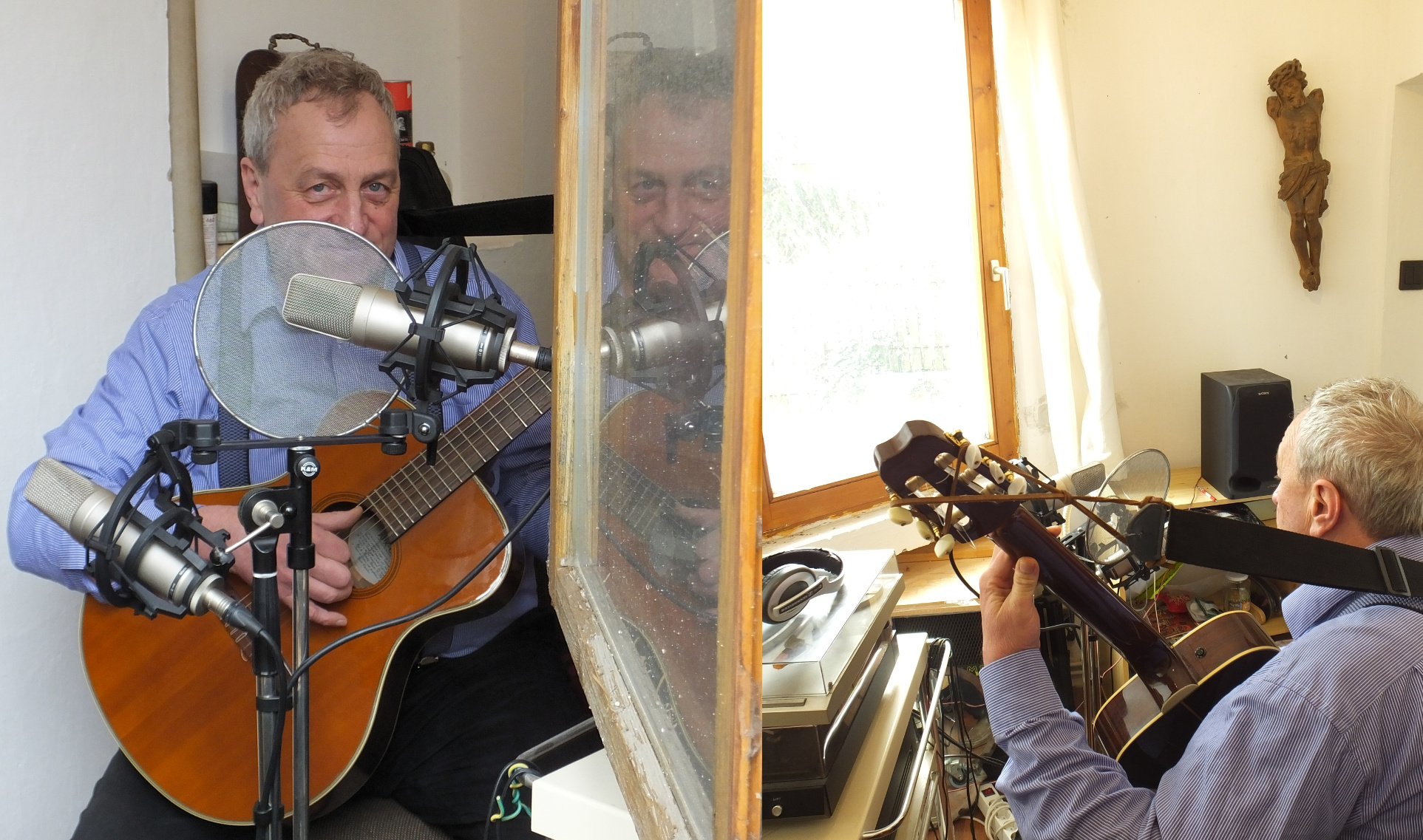1. Where are you my sweetheart (Hová készülsz szívem)
2. Hear the rooster crow (Szól a kakas már)
1.
Hová készülsz szívem
tőlem eltávozni,
tőlem elbujdosni?
Az idegen földön
ki fog téged szánni?
Hogyha megbetegszel,
ki fog hozzád látni?
Megfogott madárhoz
életem hasonló,
életem hasonló.
Napnak fényét látom,
homályba boruló.
Szép gyönyörűségem
naponként elmúló.
2.
Szól a kakas már
Majd megvirrad már
Zöld erdőben, sík mezőben
sétál egy madár.
Micsoda madár,
Micsoda madár,
Zöld a lába, kék a szárnya,
Engem odavár.
Várj madár, várj,
Te csak mindig várj!
Ha az Isten neked rendelt,
Tied leszek már.
1.
Where are you my sweetheart
preparing to part from me,
hiding far from me?
In that distant, strange land
who’ll take pity on thee?
Should you ever fall ill,
who will care for thee?
Like a bird ensnared,
my life dims all going grey,
slowly slipping away.
The Sun gives in to dusk
with each dying ray.
All my sweet delights are
waning day by day.
2.
Hear the rooster crow,
Soon the dawn will glow.
In green forests, in lush meadows
Walks a bird below.
What a bird, so fine!
What a bird, so fine!
Green feet, blue wings, she waits for me,
This lovely bird of mine.
Wait you bird of mine,
Just you wait, oh mine!
If God ordered me for thee,
Then sure I will be thine.
English translation by Gábor Domján
Yamaha „electric classic guitar”, played accoustic


The arrangement of these two folksongs* is the work of contemporary composer Elek Huzella (1915-1971), presumably the 2nd and 3rd pieces of his Four Lovesongs for Voice and Guitar.
’Presumably’ because from the music sheet I once owned, only these two songs survived in photocopy, so being unsure of the source, I can only make probable its title.
Though I made a transcription of the accompaniment for lute as well, I found this 20th century setting – meanwhile accepting the original intention of the composer – more becoming to be played on guitar. Also, I chose a light action, commercial guitar for the purpose since effects like slides for example sound better on it.
An interesting addendum: The 2nd song based on the Messianic symbol of the rooster’s crow and amended with some additional lines in Hebrew became an internationally recognised treasure of Hungarian Judaism.** Here’s a short video from a Purim party I was kindly invited to and where I sang with the guests this version, too.
I always try to get advice from reliable native speakers when translating and novelist Ms Julia Rubin was kind enough to help me translating these songs. I met her in luthier Romanek Tihamer’s workshop. Her new novel touches upon the lost instrument the lute-harpsichord, and travelling by in Europe, she visited Tihamer to hear the sound of his reconstructions of the instrument. I am very grateful to her for the thorough weighing of words and the brilliant pieces of advice she gave me.
* Or lovesongs from the renaissance era? – the lyrics of the first song was found in the 17th century Mátray-Codex, the second one was collected by Zoltán Kodály in 1912 as a folksong, but the provenance of it is widely debated by scholars <unfortunately, all related literature I found is in Hungarian>
** A quote from internet: ’… In particular, Reb Taub is renowned for his own poetic creations – Jewish religious texts set to Hungarian folk melodies of the immediate region, which he often considered to have originated in the Holy Temple in Jerusalem. To cite his most famous example, Reb Taub once heard a shepherd boy in a meadow singing; having recognized the tune as an ancient Jewish melody from the Temple, he paid him two gold pieces for his song. The rabbi instantly learned the melody while the boy forgot it. The song itself, in Hungarian “Szól a kakas már“ (The Rooster is Crowing), remains famous to this day, repeatedly performed and recorded.’


